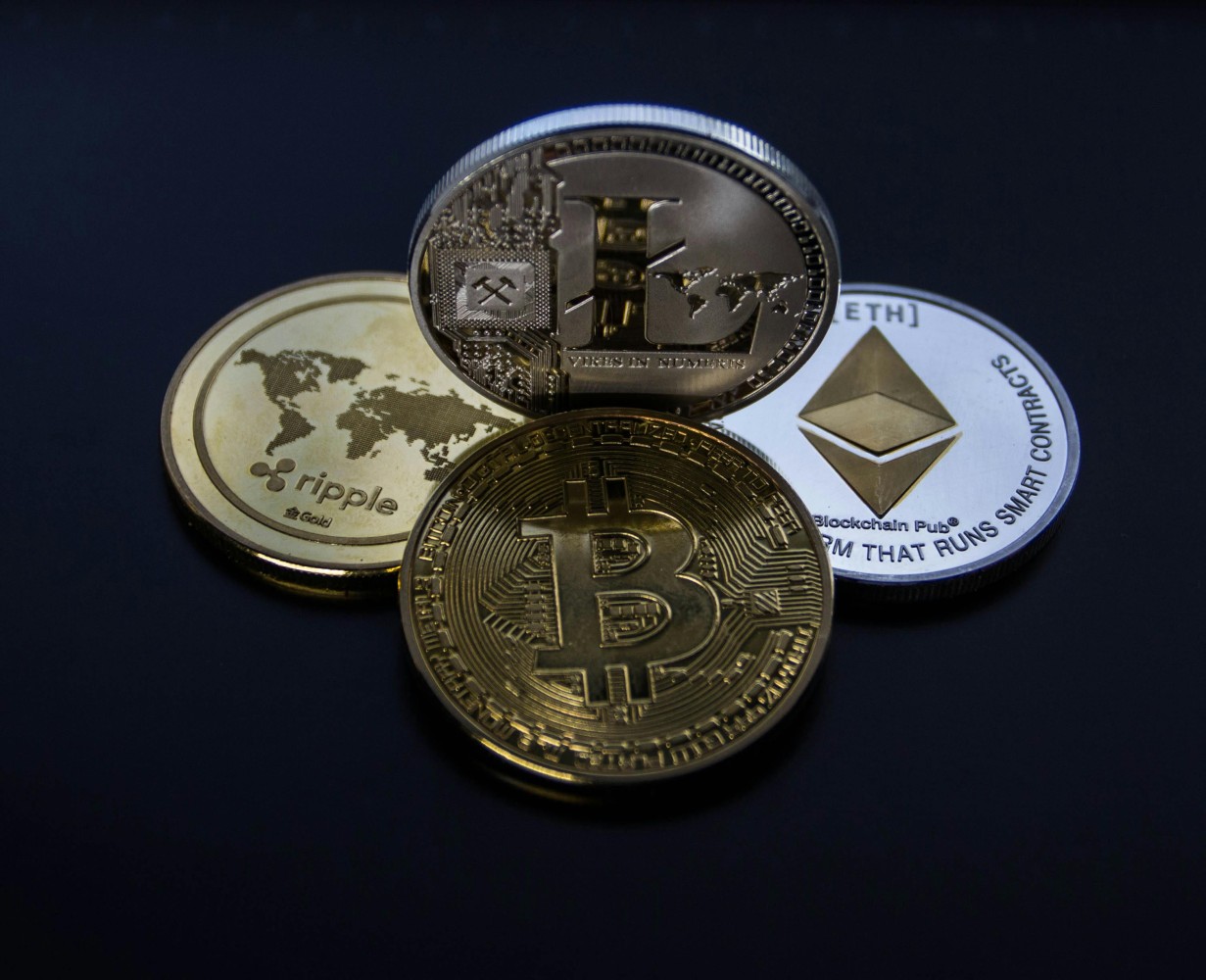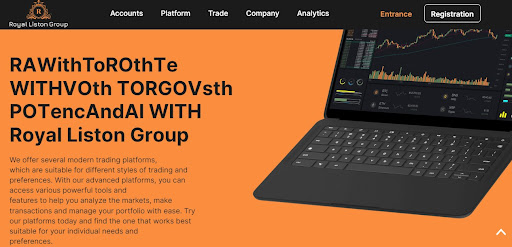As cryptocurrencies continue to gain ground, some coffee shops worldwide combine tech trends and day-to-day practices. The eventual outcome is a growing intersection between the global crypto marketplace and the daily coffee ritual.
In every city, a new economy is growing quietly behind espresso machines. Minuscule restaurants and individual coffee shops are beginning to receive payments in digital currency as they respond to shifts in technology and client demand. The current bitcoin price is no longer just news—it’s the backdrop against daily financial talk.
Many stores even have updated menus alongside price boards showing the prevailing price of bitcoins, luring strangers as much as regulars. Such blurring of traditional retail spaces with decentralized finance breakthroughs foretells a broader shift in interacting with digital assets in the physical world.
Where Culture and Currency Converge
Therefore, cryptocurrency’s progress from high-risk asset to daily spending behavior mostly bypasses investment communities and directly ends up in local entrepreneurs’ hands. The street-level coffee stalls in Berlin, Cape Town, Tokyo and São Paulo are de facto testing grounds for crypto uptake, not as speculative tools but as transaction means.
Most coffee shops operate small electronic purses, QR code scanners and simple signs stating which cryptocurrencies are supported. While some clients are old school in their payment options, others now verify the prevailing price of Bitcoin before making an order, determining whether to settle in fiat or electronic currency.
This transaction shows rising offline recognition of the currency. As coffee culture emphasizes experience, uniqueness and experimentation, the high street is a natural setting where decentralized payments can gain traction, even tentatively.
Why Coffee Shops? Local Sites, Global Focus
Cafés are frequently cultural indicators. They are high-traffic, no-risk locations that early adopters, telecommuters and tech-savvy consumers typically patronize. Due to these factors, coffee houses are well-positioned to test digital payments without expensive infrastructure investments.
In some cities, even crypto-positive coffee houses have introduced niche tourism. Tourists search for them not just for coffee but for where everyday spending meets innovation. Such a crossing between the current cost of bitcoin and customer demand is not just an economic choice but a cultural one.
Meanwhile, no single approach applies. Some cafés automatically convert crypto revenues into local currency, using third parties to manage risk related to price fluctuations. Others keep limited digital assets, considering them for long-term involvement in an expanding trend. Whatever the strategy, the existence of crypto in such environments means that the world is witnessing the evolution in the public’s engagement in digital finance.
Volatility Behind the Counter
To accept cryptocurrencies in a retail environment is to do business in an environment where value changes rapidly. For managers in cafés, information regarding the current bitcoin price can be crucial for pricing, inventory management and margin determination.
Some businesses implement split pricing, where the reasonable price is displayed in fiat and crypto and changes daily per real-time exchange rates. This is very evident, but introduces complexity issues. Staff education, backend support and customer education become variables in the equation.
Notwithstanding such factors, various coffee shop owners appreciate setting hours’ absence. Cryptocurrency operates on varied hours instead of standard banking hours, promoting cross-border settlements, real-time transfers and access to financial services for those otherwise deprived of such facilities. While such positions may not be their most persuasive reason for buying coffee in Paris or Nairobi, such factors are all in the argument simmering on the coffee counter.
Shaping Public Opinion Through Day-to-Day Experience
Among crypto’s less immediate effects on café culture is the subtle change in public discourse. Cryptocurrency, once talked about most in terms of speculation or on the edges of tech scenes, is today talked about in everyday, street-level scenarios. The mention in line at a coffee establishment of the current cost of bitcoin in the discussions about non-dairy milk or laptop charger portability is evidence of the change.
There is no one-size-fits-all normalization process. Here, retarding factors include regulatory ambiguity, lack of infrastructure or market apprehensiveness in selected areas. Regional exuberance and entrepreneurial spirit stimulate the tempo. The common denominator is the symbolic significance of the involvement of decentralized finance in traditional consumer rites.
Whether as a stand-alone transaction or as a component in a broader strategy, paying for a cappuccino in crypto is a quiet statement. It questions old beliefs about value’s flow, where trust lies and what money’s future is.
Cafés as Informal Crypto Classrooms
By incorporating crypto into daily commerce, cafés have unknowingly become unofficial education facilities. The staff become informed about digital wallets, the customers ask about settlement speeds and newcomers watch or participate because they are interested. Such knowledge dissemination, occurring on an organic level behind the cafeteria counter, facilitates wider financial education.
As the global economy becomes increasingly digitalized, small businesses in all sectors might be confronted with the same types of decisions about whether to include crypto. Coffee shops are the early adopters, not because they are large or significant, but because of the kind of community they foster.
The addition of crypto payment options, especially considering today’s price of Bitcoin, is nothing less than a subtle but substantial cultural experiment. It’s not foretelling market shifts or discovering trends. It’s about watching new forms of value creep incrementally into everyday life, one coffee cup at a time.












